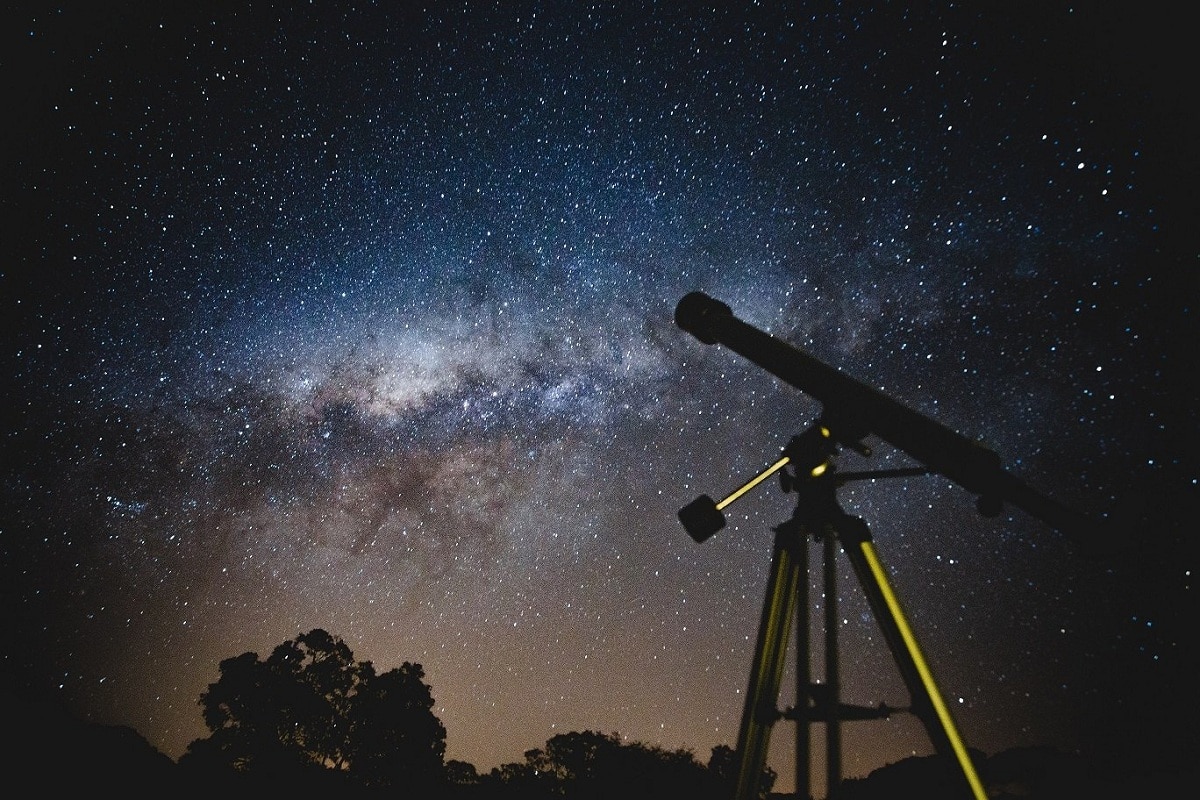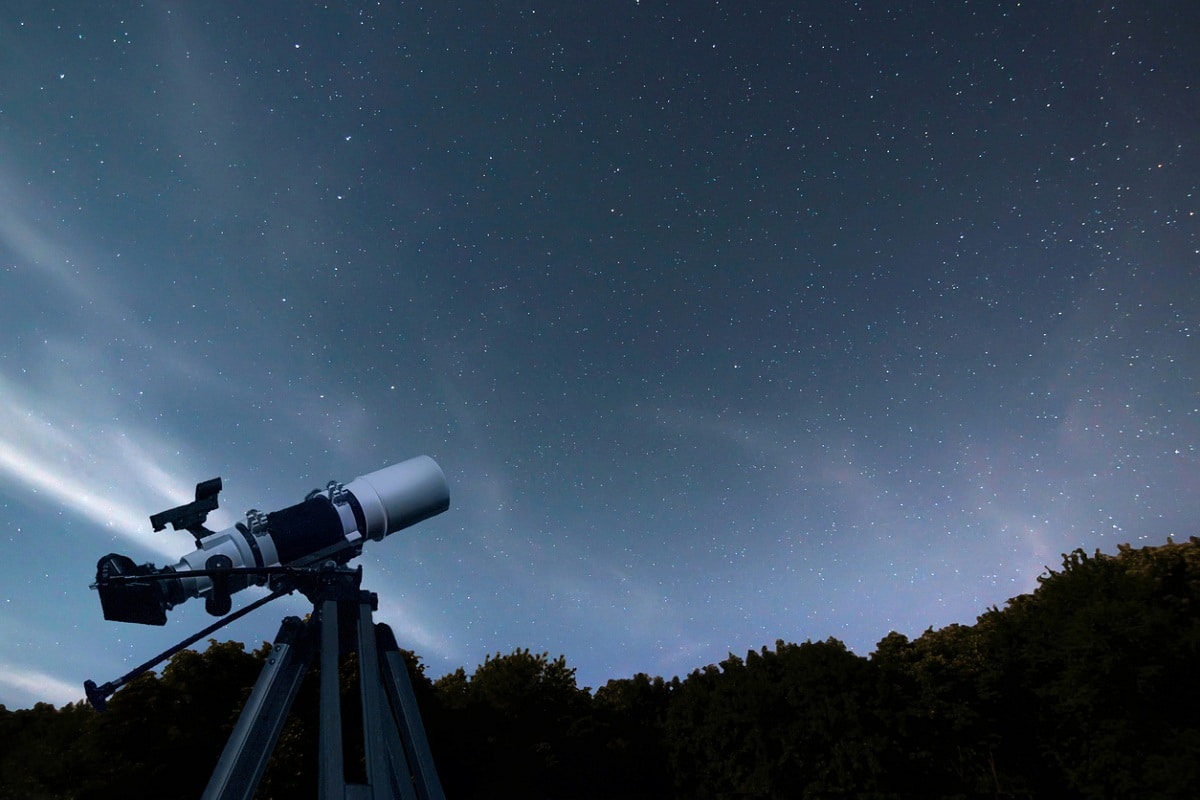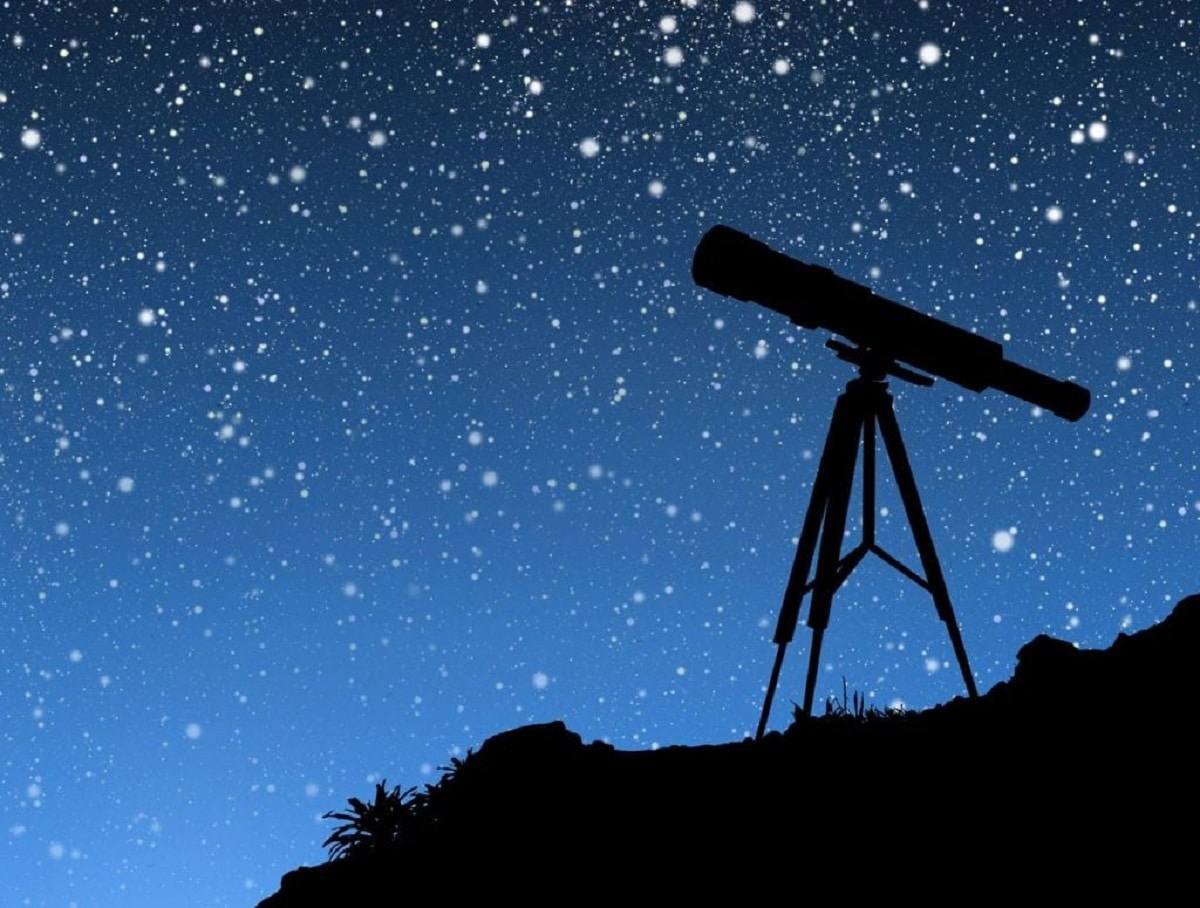
The telescope was an invention that revolutionized the knowledge of astronomy throughout history. Using the properties of lenses and mirrors, it is responsible for processing the light emitted by objects so that the human eye can enlarge and capture images. There are currently a variety of designs to choose from and wholesale accessories. So, before rushing out to buy their first telescope, a hobbyist would do well to become familiar with how the telescope works, its components, and its limitations. In this way, he can avoid disappointment with a bad purchase. Many people don't know how a telescope works.
For this reason, we are going to explain step by step how a telescope works and what you must take into account to learn how to use it.
what is a telescope

Sometimes people have a preconceived idea of what a telescope can show them. They usually expect to see more detail than the telescope can reveal through its optics. In this case, a good telescope can be mistakenly characterized as a bad telescope. For example, the planets never look huge and beautiful. The images taken by space probes when they visit different planets sometimes surprise us.
The word telescope comes from a Greek root: it means "far" and "to see". It is an optical instrument that has become a fundamental tool in astronomical sciences, allowing many advances and a better understanding of the universe.
The instrument helps to see very distant objects in greater detail. Telescopes capture light radiation, bringing images of distant objects closer together. Services for:
- Astronomy captures images of stellar objects.
- It is used to observe distant objects in the following fields: navigation, exploration, animal (bird) research, and armed forces.
- As a teaching tool for children to start in science.
how a telescope works

To fully understand how a telescope works, there are 2 things to keep in mind:
- The behavior of the human eye: we must understand it to improve their skills.
- types of telescopes – being able to know how they work. We will look at the most common ones, namely reflecting telescopes and refracting telescopes.
- behavior of the human eye – The eye is made up of the pupil (which acts as a lens) and the retina (which reflects light). When looking at distant objects, the light it emits is scarce. Our eye's natural lens (pupil) reflects a very small image onto the retina. If an object is close, it emits more light and increases in size.
In the case of a telescope, it uses lenses and mirrors to collect as much light as possible from an object, focus this radiation, and direct it to the eye. This makes distant objects look better and larger.
types of telescopes

While there are several types (there are even numeric types), the most common and efficient by far are:
- Reflecting telescope: It is not a big telescope, you can use not only lenses but also mirrors. At one end, we'll have the focal point (the input lens for the starlight), and then we'll have a highly polished mirror at the bottom (opposite pole) that will reflect the image. As if that were not enough, halfway there we will have another small mirror to "bend" the image, which will be the last step before moving the eyepiece, which we will use to look at the side of the telescope.
- Refractor telescope: Those are very long telescopes. At one end we will have the focal point (the large lens that can focus as much light as possible; it has a long focal length), and at the other end is the eyepiece (the small lens through which we will look; it has a long focal length). short focus). Light from the star (the object to be observed) enters through the focal point, travels through the long focal length formed by its large size, and then quickly begins a short path through the eyepiece's focal length, significantly enlarging the image. The longer the refracting telescope, the more the image is magnified.
parts of a telescope
To really know how a telescope works, we have to know its parts. Not all telescopes exclusively use lenses. There are some types of telescopes that can use mirrors. No matter what telescope is used, its main function is to concentrate as much light as possible and provide a sharp image of distant objects.
The objective can be a lens (or mirror) with a specific aperture or diameter that, when light is received, concentrates it at the other end of the optical tube. Optical tubes can be made of fiberglass, cardboard, metal, or other materials.
The point where the light is concentrated is called the focal point, and the distance from the lens to the focal point is called the focal length. The focal ratio or radius is the ratio between the aperture and the focal length, it represents the brightness of the system and is equal to the number of f-stops placed along the focal length (focal ratio = focal length / aperture).
A small focal ratio (f/4) provides a brighter image than a large focal ratio (f/10). If photography is required, a system with a small focal ratio is more desirable because the exposure time will be shorter.
The larger the aperture (diameter) of the telescope, the more light will be collected and the resulting image will be brighter. This is important because almost all celestial objects are very dim and their light is very dim. Doubling the diameter of the telescope quadruples the area that receives light, which means that a 12-inch telescope receives 4 times more light than a 6-inch telescope.
As we increase the aperture, we will see stars of magnitudes fainter. Magnitude is the brightness of a celestial object. Values close to 0 are bright. Negative magnitudes are very bright. The eye can see down to magnitude 6, which corresponds to the faintest stars at the edge of visibility.
Larger diameter telescopes not only allow you to see darker objects. Besides, increases the amount of detail, i.e. increases the resolution. Astronomers measure resolution in seconds of arc. The resolution of a telescope can be tested by observing the separation between two stars, whose apparent or angular separation is known.
I hope that with this information you can learn more about how a telescope works.